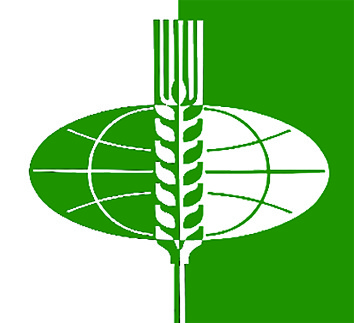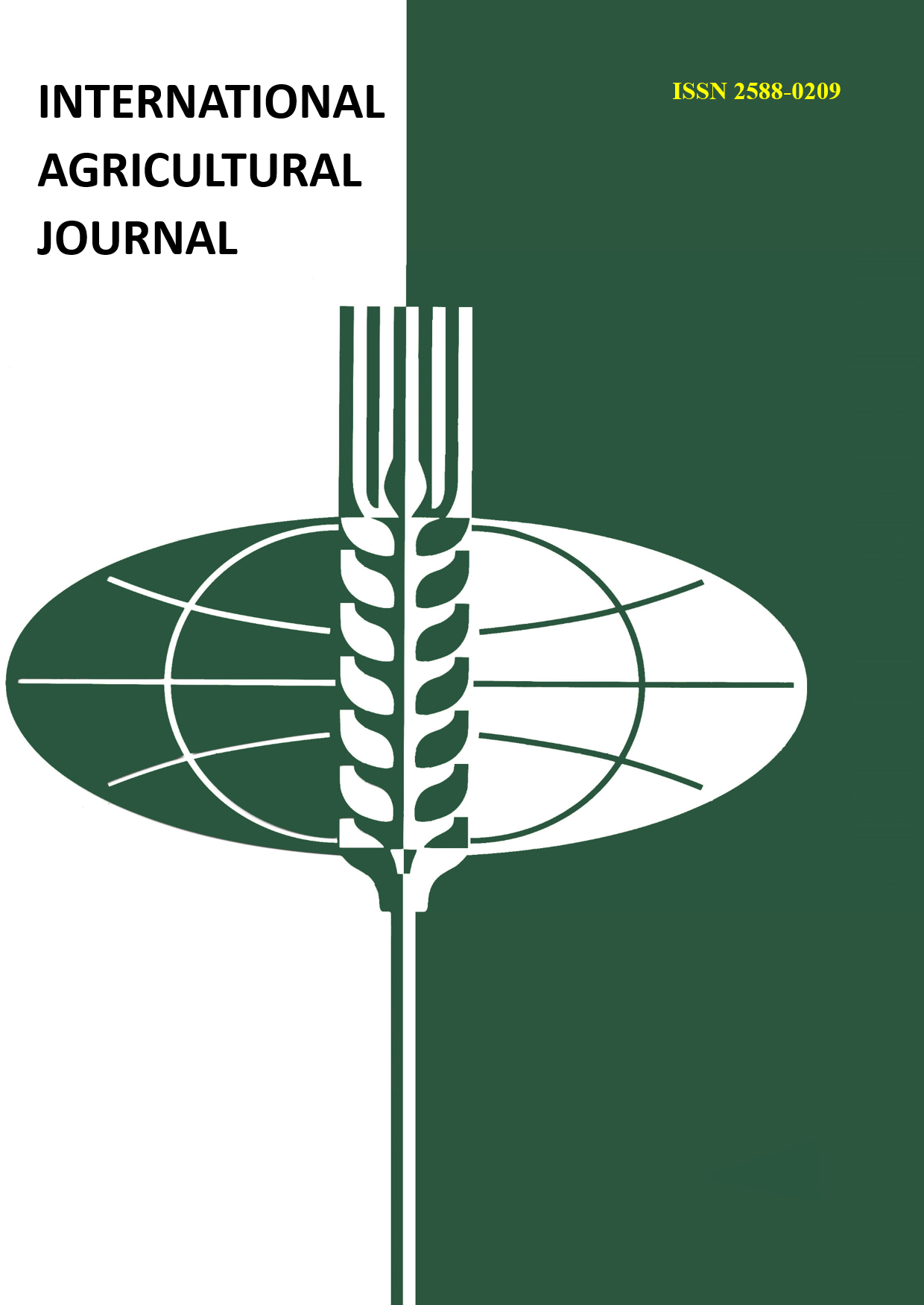The forecast of weed infestation of agrocenoses of agricultural crops in combination with information about the species composition of the weed field component, the degree and type of weediness - all of the above follows from the data on the potential weediness of the arable soil layer. There is a replenishment of the bank of seeds of weeds due to the seeding of growing weeds and shedding most of the seeds on the soil surface. A certain amount of seeds enters the soil along with insufficiently cleaned seed, not rotted manure, is carried by wind, soil animals, birds, tillage implements and with irrigation water in case of irrigation. Any of the listed factors can become decisive in the formation of potential contamination of the arable soil layer. The purpose of the study is to determine the influence of agrotechnical practices on the formation of potential weed infestation of the arable soil layer for sowing corn. The study was carried out according to the method of Isaev V.V. "Forecast and mapping of weeds". The study was conducted in the period 2016-2022. in the forest-steppe zone of the Chechen Republic. In the corn crops of the forest-steppe zone of the Chechen Republic, a complex type of weed infestation. In the process of a comparative assessment of the influence of different predecessors on the potential stock of weed seeds in the arable soil layer, it was found that the use of winter wheat as a predecessor is optimal compared to corn - there is a significant reduction in the number of weed seeds in the arable soil layer. The results obtained are necessary for making a forecast of the weediness of agricultural lands and developing evidence-based measures to combat weeds in the steppe zone of the Chechen Republic.
kukuruza, semena sornyh rasteniy, vshozhest', zhiznesposobnost', vidovoy sostav, poteri urozhaya, urozhaynost'














